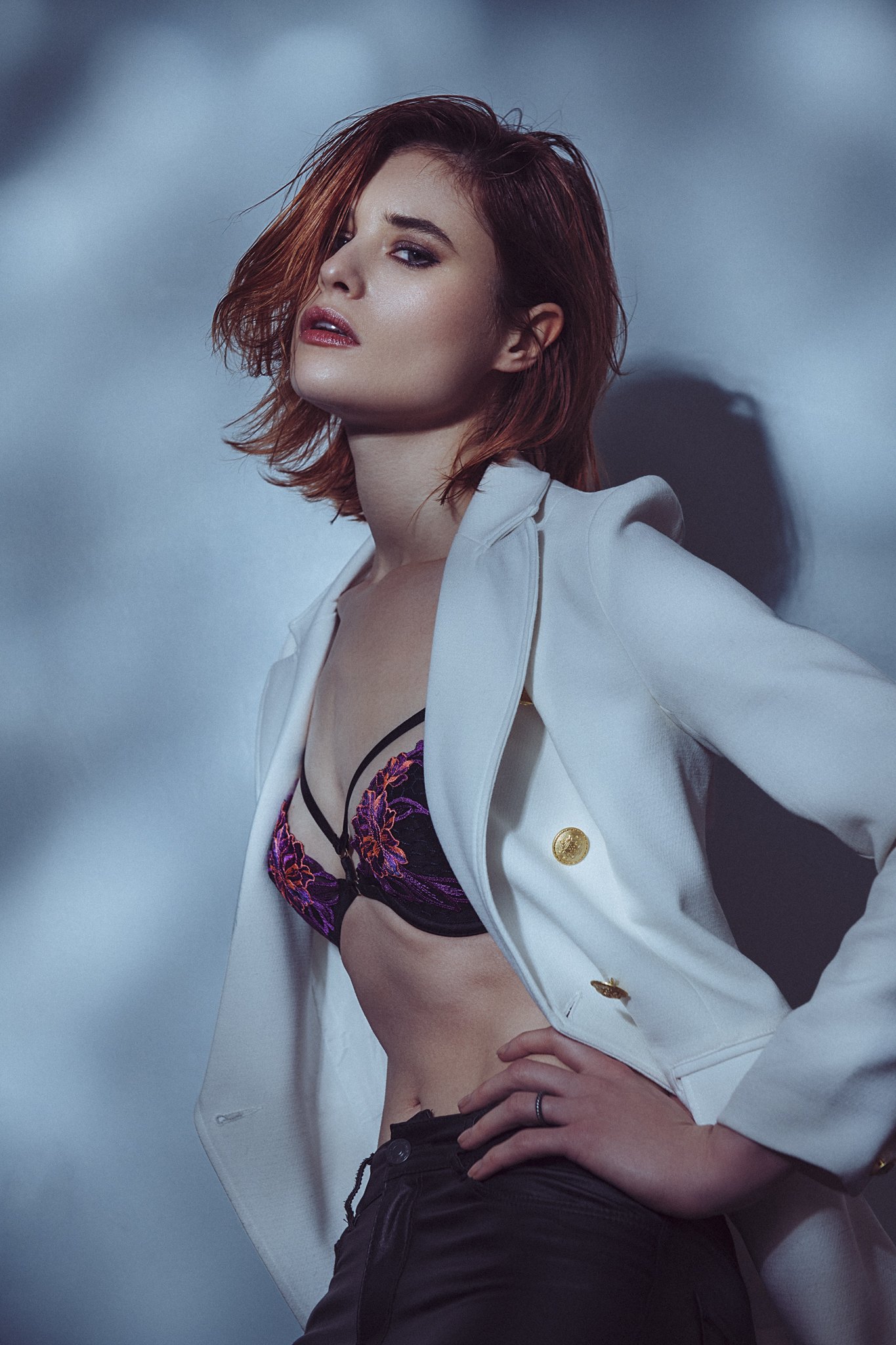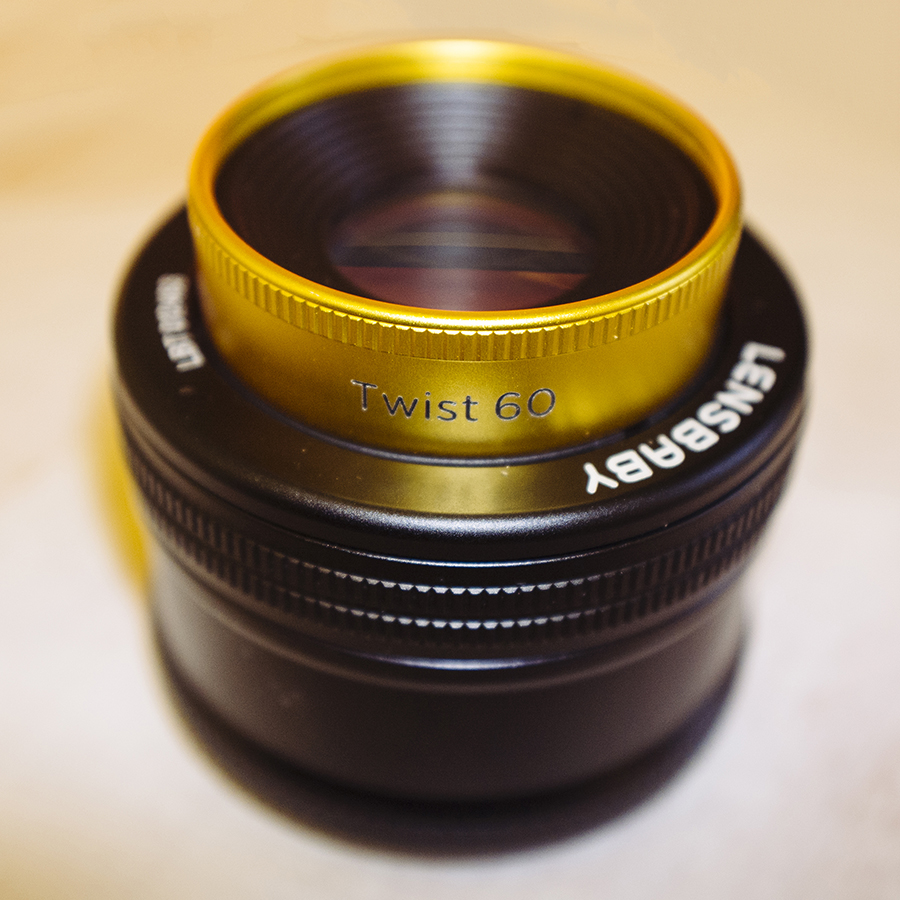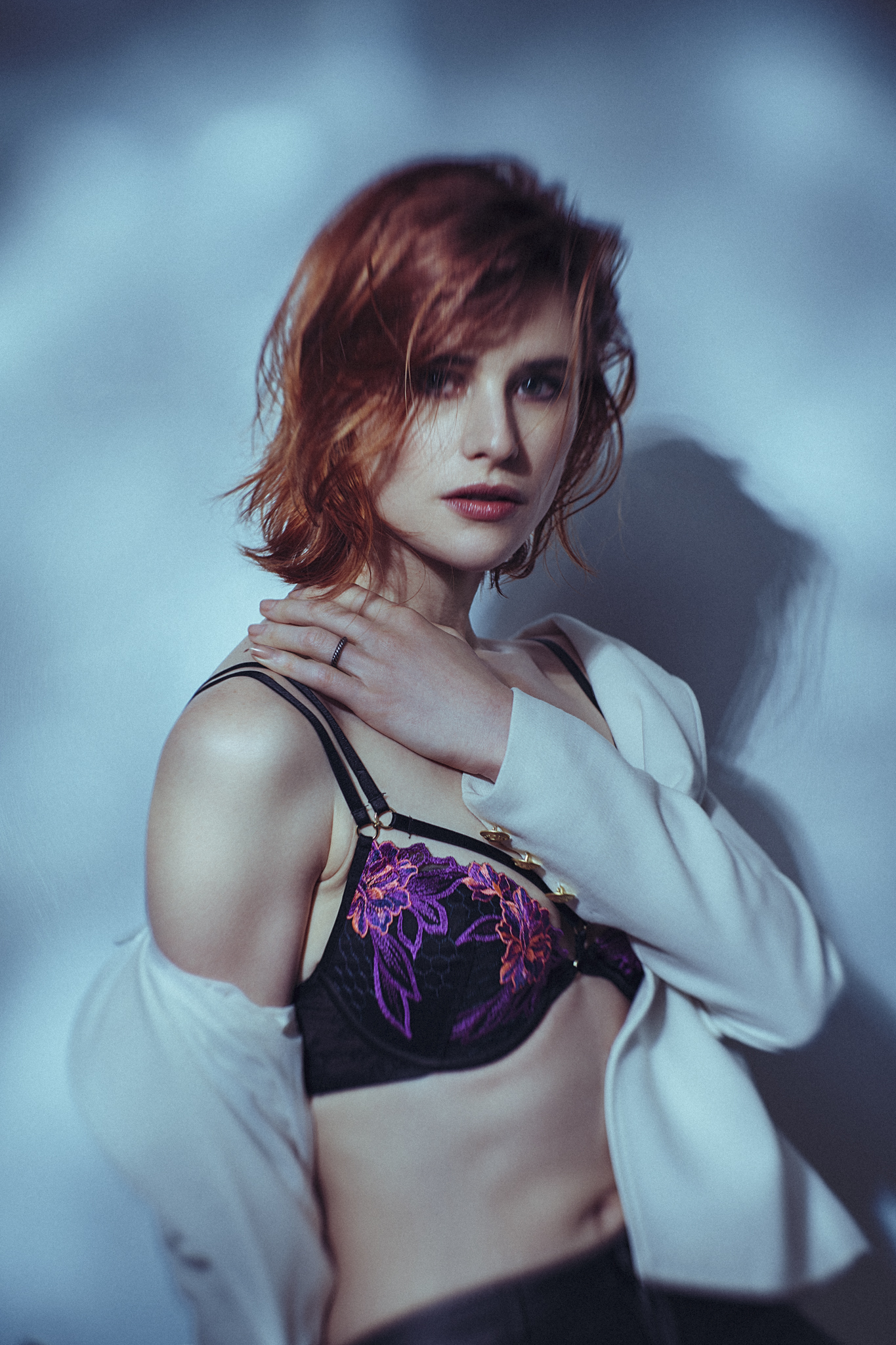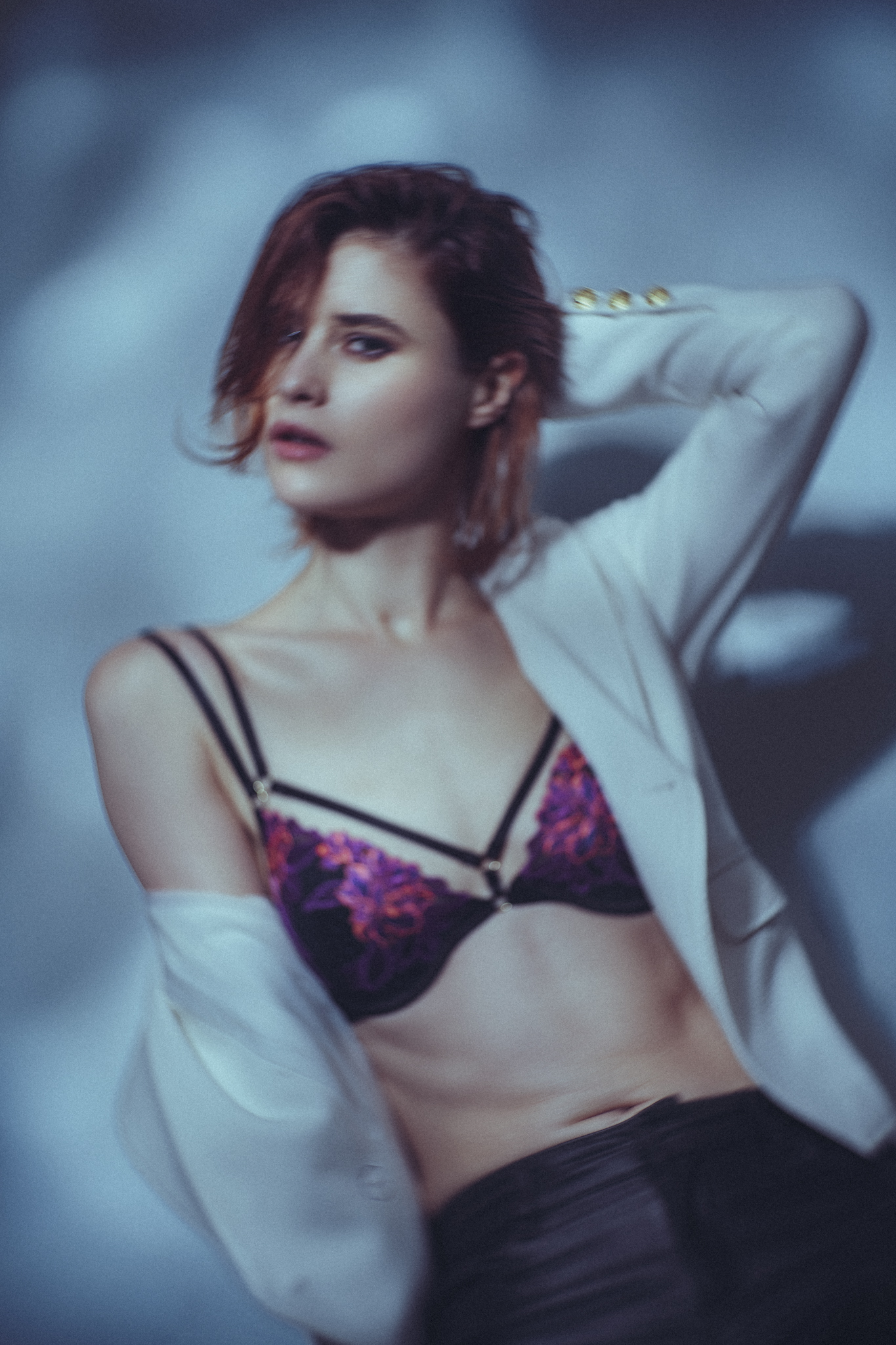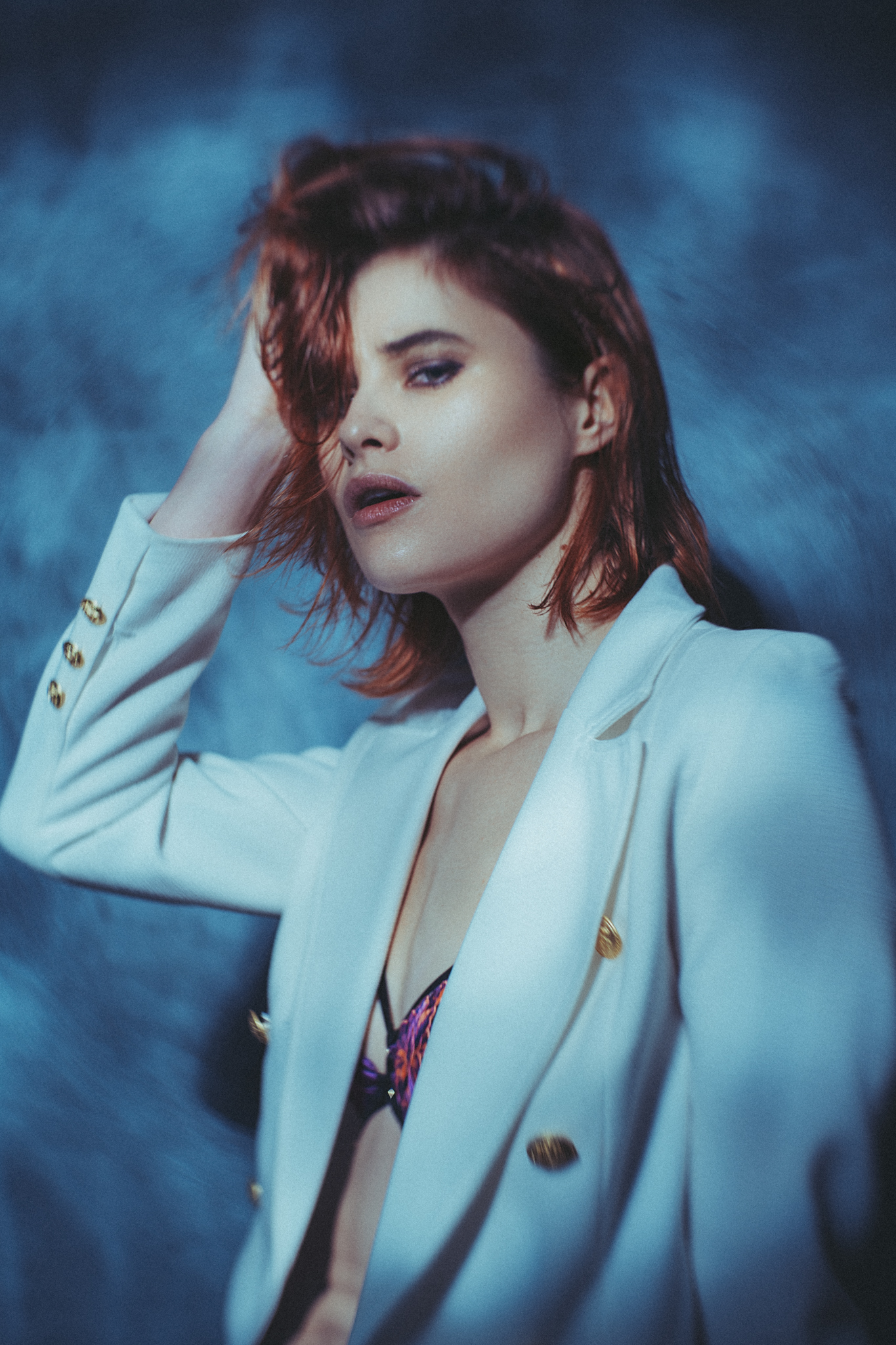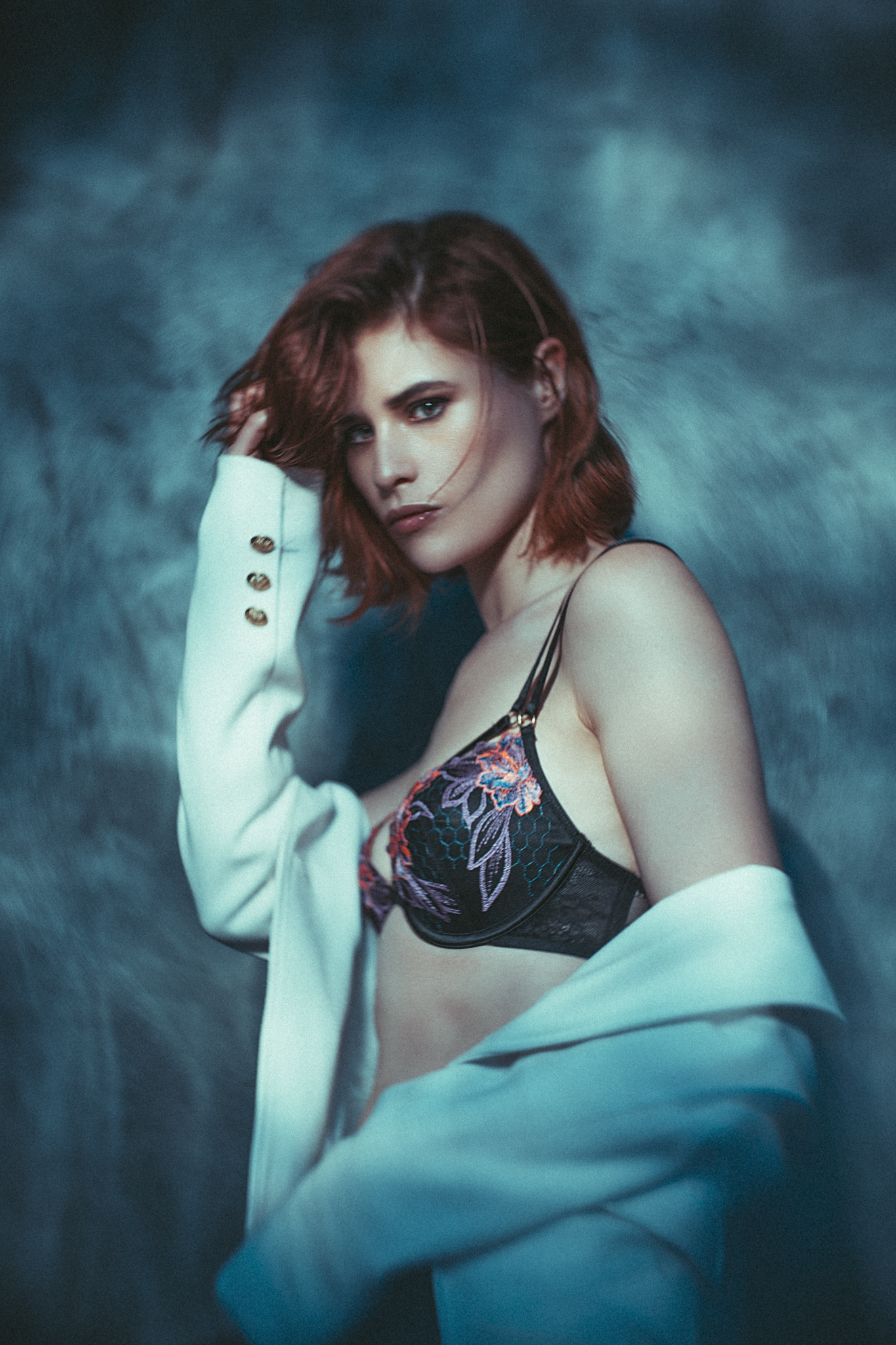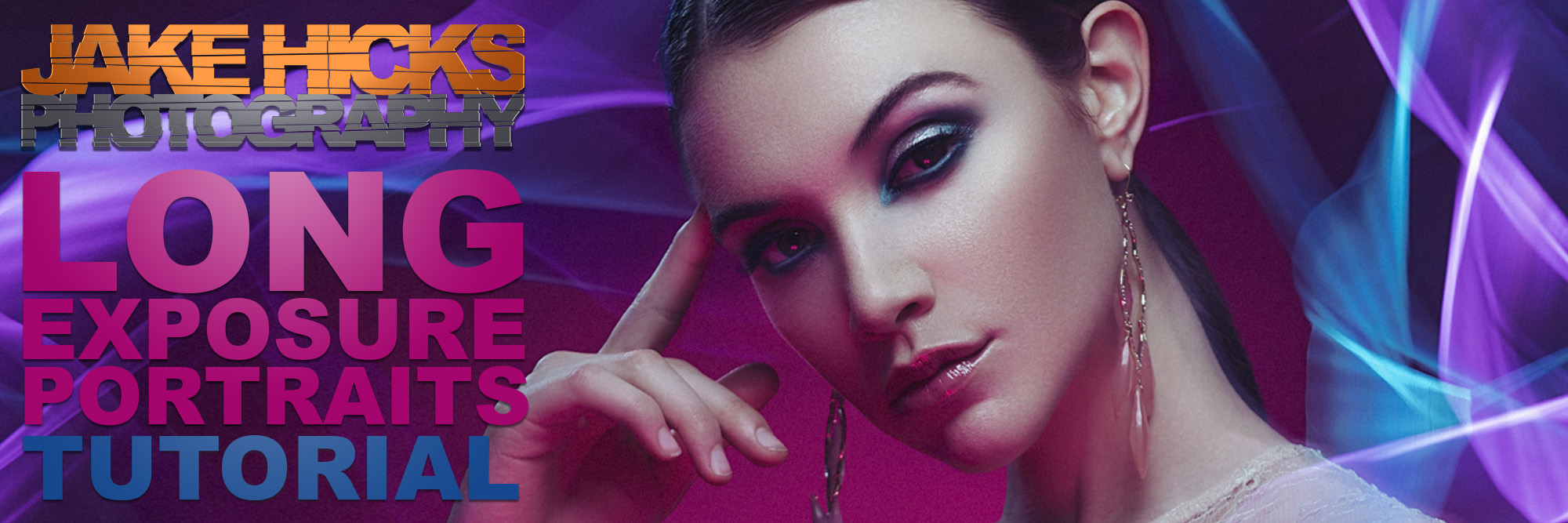"Stay Inspired" is a weekly post on my Facebook Page where I share the work of an inspirational photographer or artist every Thursday. I've been doing this every week since 2013, so there is now a vast number of outstanding creatives from all genres and disciplines that we've looked at over the years. In fact I’ve been doing it so long now that even I’ve forgotten some of these great artists so why not try and collate them all into one place for not only myself but for you as well.
This is the third compilation, so if you missed the previous ones and are interested in an inspiration overload, here’s the link to them
Stay Inspired - Inspirational work from 10 Photographers and Artists 001
Stay Inspired - Inspirational work from 10 Photographers and Artists 002
Stay Inspired - Inspirational work from 10 Photographers and Artists 003
These new posts will look at a collection of 10 artists each and they should prove to be an excellent resource for not only inspiration but motivation as well. With each artist shared, I will include a short overview of their work including things to consider and look at whilst on their portfolio.
Please bear in mind that these opinions are mine and as such are clearly very subjective. I could just share a link but I believe a more personal point of view of another artists work may be of more value to you over simply stating their name and age for example. But this does mean you may not always agree with me and I would encourage that. Art is subjective and like music, the best art does not appeal to everybody.
Inspirational Work from 10 Photographers and Artists 004
So I thought I'd have a quick look online for this evenings inspiration and before I knew it, hours had gone by and most of that was spent on the site of the very talented Benjo Arwas. Israeli born and L.A. based his 'bread and butter' work is solid commercial fashion, but I was specifically drawn to the 'personal work' on his site.
Here you will find some very striking portraits, some of which are shot on a gorgeous 1920's 4x5 Crown Graphic camera, surely a level of quality that will never truly be digitally realised or replicated. If you like what you see there then it might be worth checking some of his videos out too, here you will see a guy who is not afraid to take just one shot. That is surely the sign of a photographer who knows exactly what he's after, and that can be attributed partly I’m sure to his pre-shoot prep with his subjects. Before each shoot Benjo speaks with his models saying “just be yourself, everybody else is already taken,”.
I'll come clean straight away here and say that I’ve found out sod-all about this guy, and to be fair I wasn't sure it was even a guy for a while. But to be fair, Kay Smith's photography needs very little introduction from me as his work is frankly outstanding, so much so that you wouldn't care if he was man, woman or martian with this level of skill.
Kay's addiction to incredibly vibrant and contrasty imagery mixed with tightly cropped head-shots certainly creates some very arresting imagery, but pay close attention to his colour work too as he is not choosing those colours at random. With his level of saturation it’s all too easy to make imagery painful to look at, but his colour theory is impeccable.
Personally I love this work but head on over and see for yourselves (Oh and he's based in Paris, that’s literally all I found out, the guy’s even more elusive than I am).
Kay Smith - His site has since been removed so here is an updated link to his Tumblr that is still live http://kaysmithstudio.tumblr.com
Further update: I can’t be sure but either he’s now changed his name or he’s using the same images from an old discontinued account, but more current work can be found on a new site under the name Kevin Larreguy
One for the beauty and makeup gurus among you today. Russian based Mikhail Malyugin is an outstanding beauty photographer but is probably better known for his very high-end beauty retouching. He was one of the first guys I saw a while back playing with the now increasingly popular CGI liquid skin look. He showcases some of that and also on his site there are some interesting 'before and afters' of his glamour work too.
Whether you agree with that level of 'adjustment' or not it’s still interesting to see the difference, especially as you may not immediately notice the changes. Mikhail also has some sped up videos of his entire retouch workflow which can offer a brief insight into the incredible detail he goes into to achieve his look. If nothing else you could always link his videos to your clients if they're hassling you to hurry up and get their images retouched.
If you'd like to find out more then head to his about page where he links to a very interesting and in-depth interview he did with the Retouching Academy. Failing that you could always save up your pennies and commission him to retouch a few of your shots, I'd personally love to see that CGI lacquer on some of my shots
Looks like I'm late to the party once again. Somehow I've managed to miss Julian M Kilsby's work up until recently, but as I was enjoying his extensive portfolio, I noticed that half of you lucky people have already been photographed by him (you know who you are). So this portfolio link is really for the other half, and if like my sheltered self you have somehow missed him too then definitely head on over and check out his outstanding lighting skills. Julian uses his technical knowledge to always bring the best out of the shot as he has a very bold and vivid style.
A while ago somebody left a comment on one of my shots that just said 'very Oleg Ti'. As usual, I hadn't heard of them so I thought I had better Google it to check I wasn't being compared to some ten'a'penny 'blurry bum' shooter, but it turns out I couldn't have been more flattered. Oleg Ti's work is freaking awesome! I love his use of colours and it looks like he really pushes experimentation and camera tricks with everything he does. Check out his 'Personal' work to see some fantastic long exposure fashion shots. Frankly if you don't like this guys work… you're doing it wrong
Oleg Ti - site no longer active
Update: It appears that Oleg may well have hung up his camera in favour of a paintbrush. His Instagram account has still has his older work at the bottom but I’d also urge you to Google his work too as some of it was and still is very unique.
I quite like how varied Singaporean Sazeli's photographic style is as he appears to cover a very wide gamut of genres and although not immediately apparent from his portfolio, upon closer inspection of his 'Press' page (or image search) you can see a far wider range of his imagery. Also I noticed on his 'About' page he quotes himself as 'a self taught photographer'. I'm curious has education become so disagreeable now that it's seen as a positive to potential clients that you taught yourself? Or is it just that it's a sign of the times that most people aren't actually earning from what they studied at university? Just curious…
Either way, check out the work!
'Alright Squiz you've had your fun, give the rest of us a chance. Back in your box now please!' London based fashion photographer Squiz Hamilton knocks 'em out the park every time and although his website is a pain in the ass (no thumbnails) it's definitely worth going through the shots one-by-one as some of his location work is phenomenal to say the least. I also love his use of colour toning throughout a story of images as this can be a great way to unify a series of shots. Head on over and see for yourself.
If Jean-Baptiste Fort was 200 years old, I'd think he'd taken a crazy about of outstanding images in his time. Jean started out at the age of 19 photographing the stars of 'Friends' on set and since then it would seem he has been developing a serious mastery of the craft which includes not only a definitive understanding of lighting and colour theory, but also an ability to showcase the more surreal and abstract side to his vision. So although Jean is considerably younger than 200, he’s got a staggering number of images on his site.
Definitely worth the click…
I will start this weeks introduction by saying, I have very little affinity for conceptual or surrealist photography. That is not to say I don't respect it as an expression of the discipline, but that I very rarely see it done to a level that stops me in my tracks anymore.
So with that being said, I find it hard to believe there is any better example of arresting surrealist photography than from Miss Aniela. The work she produces is to an outstandingly high level and in this era of the 'throw away' image, I defy anybody to not stop and stare at her incredibly detailed imagery. Even at the most basic form of appreciation you have to be in awe of her compositing skills in Photoshop as she perfectly blends paintings that were created hundreds of years prior with her modern masterpieces with seamless masking and colour matching.
I was tirelessly retouching images myself last week and I was fortunate enough to catch her on Creative Live, her insights and artistic knowledge of how she pre-visualises her imagery beforehand is incredible and she is clearly a rare breed of photographer in this day and age who is certainly not 'winging' it as she genuinely knows what she's talking about.
If you get the chance to catch her Creative Live workshop I strongly recommend it, in the mean time though. check out her sensational works of art on her website
I'm always fascinated when I see outstanding photographers who are also masters of another craft within the creative process and how it effects their final images. Thai born Katherine Lyndia is no exception to this and upon closer inspection of some of her finer editorials you will also see that she's also an outstanding makeup artist as well.
The reason I mention this is because on the shoots where you can see that she's been both MUA and photographer, the finished images look like they've been fully conceived from the start of the project to work together. Whether the makeup inspiration comes first and influences the photography or vice versa is unclear but either way it’s certainly apparent with colours and tones in her beauty work that they both work synonymously to create gorgeous images.
Katherine Lyndia - Site no longer active
Update: Her 500px account is still live and can be found here https://500px.com/katherline
Closing Comments
As with all of my posts, I welcome your comments and thoughts on the artists I've shared here today. But although all of the photographers and creatives I've mentioned above come from my own personal tastes and appreciations, I still feel they are all incredibly varied, which ultimately means there will be at least one persons work here that you'll love.
Granted we've really only looked at 'people' photographers here including, portraits, fashion and editorial shooters with none of the other photographic genres being covered, but it's still incredible to me as to how varied this single discipline can be.
I think one of the core things I want you to take away from this series is how another person interprets their subject into a photograph. Sure you can simply reverse engineer the lighting or copy a pose of an image, but I hope you take away a lot more than simply the mechanics of a photograph.
Look at their style and see how that is impacting their work for the better. Look for similarities in pose, expression, subject, lighting, theme and colour. All of these things play a role in any image and by appreciating that in others work we can be better equipped to express it into our own images.
If you liked this article and would want to be shown more posts like this in the future, please feel free to sign up to my monthly newsletter. I publish one of these articles every week and every month I collect them all up and send them directly to your inbox in case you've missed one. Signing up now also get's you a free 10 page pdf of studio lighting tips and techniques. Jake Hicks Photography - Newsletter
:WARNING: Free advertising space being liberally used by myself below!
If you liked this article and would be interested in more posts like this in the future, please feel free to sign up to my monthly newsletter. I publish one of these articles every week and each month I collect them all up and send them directly to your inbox just in case you missed one. Signing up now also get's you my free 10 page pdf on Studio Lighting Tips and Techniques. Jake Hicks Photography - Newsletter
If you're interested in any of my work and would like to know more about how I created some of my shots then why not check out my workshops. Here you can find out everything there is to know about Gelled Lighting, Long Exposure Flash Photography and my entire Post-Pro Workflow. Jake Hicks Photography - Workshops
I've also just released a brand new 22 hour complete Gelled Lighting Tutorial video. I go over everything from studio lighting setups with gels to being on location with gels plus I also go through my complete retouching and post pro workflow. For more details and complete breakdown of everything that's include check out my Coloured Gel Portraits Tutorial
I also offer comprehensive coloured gel packs. These collections of gels are what I use day to day to create some of the most highly saturated colours around. If you're looking at getting into gelled lighting or need to get stronger and richer colours in your coloured gel work why not check out my Jake Hicks Photography Gel Packs

















